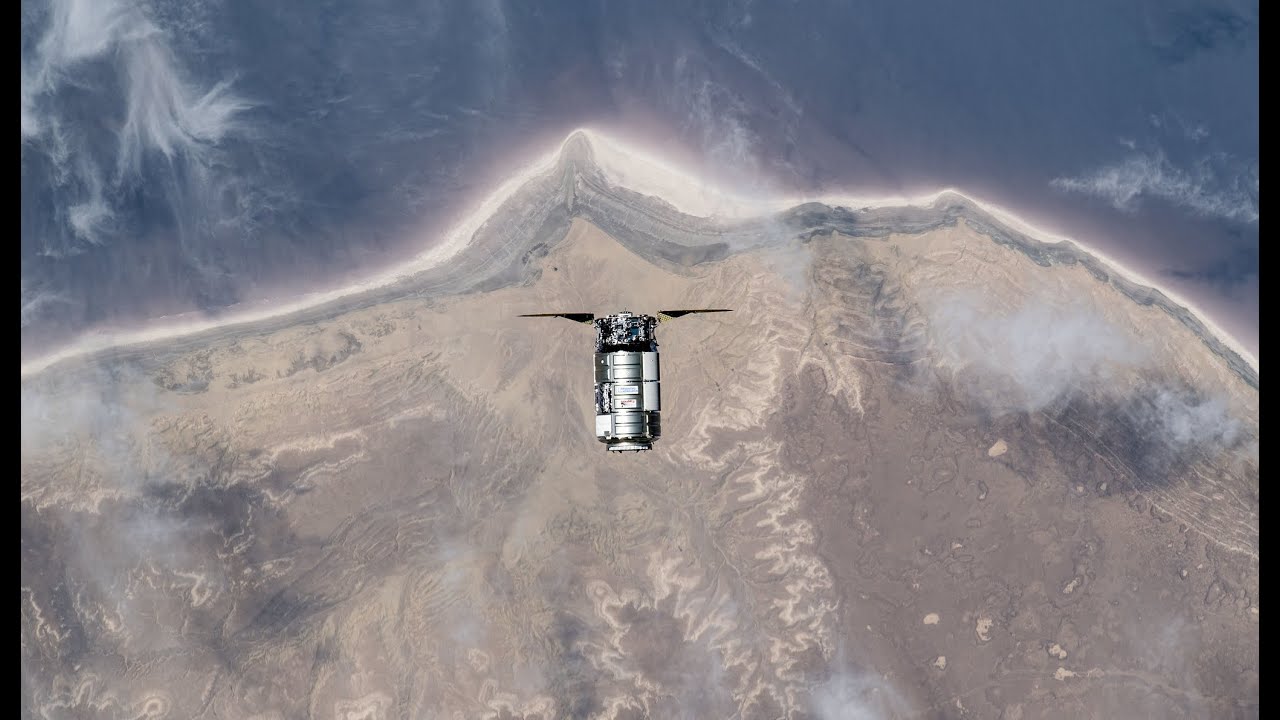SpaceX plan to launch Northrop Grumman’s NG-20 cargo mission to the International Space Station (ISS) in an instantaneous window at 17:07 UTC on 2024-01-30 from Space Launch Complex 40 at Cape Canaveral Space Force Station in Florida. Weather is forecast as 95% favourable for launch. The Falcon 9 first stage booster, B1077, is making its tenth flight after a turnaround time of 54 days, and is planned to land at Landing Zone 1 near the launch site.
The Cygnus cargo ship, named S.S. Patricia Hilliard Robertson, will have a payload mass of 3.54 tonnes. Wait, you say—Northrop Grumman (NG) and SpaceX are competitors who won the ISS commercial resupply contract from NASA. Why are SpaceX launching the ship for NG? Well, basically, “Russia, Russia, Russia”. NG’s now-retired Antares rocket used Russian engines, and with the recent contretemps between Russia and U.S., can no longer obtain engines for their rocket. They plan to use a rocket built by Firefly Aerospace as the replacement for the retired Antares, but it isn’t ready, so they’ve contracted with SpaceX for three Falcon 9 launches until Firefly’s rocket becomes available. SpaceX considers its competitors’ money just as green as any other customer’s, and is happy to furnish the ride. This isn’t the first time Cygnus has launched on a non-NG rocket: after the spectacular explosion of the a first generation Antares rocket (using different Russian engines), they bought launches on ULA’s Atlas V until its successor was ready. Cygnus was designed to be “launcher agnostic”, and this has proved a wise decision allowing NG to perform under the cargo delivery contract.
Here is the pre-flight preview from Everyday Astronaut.
